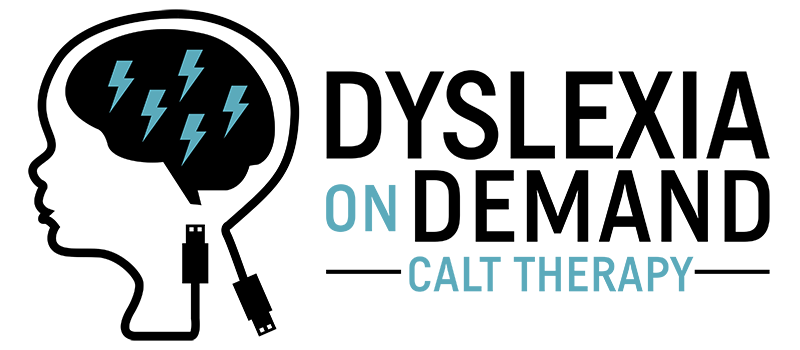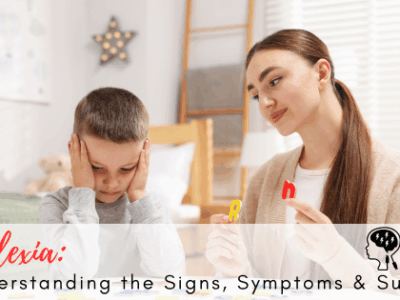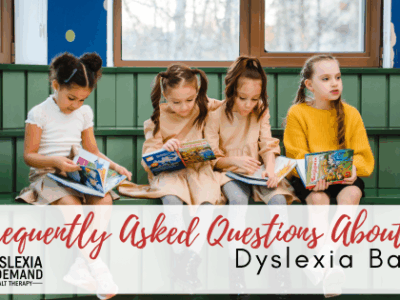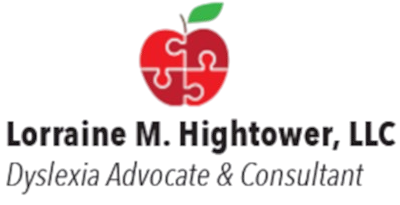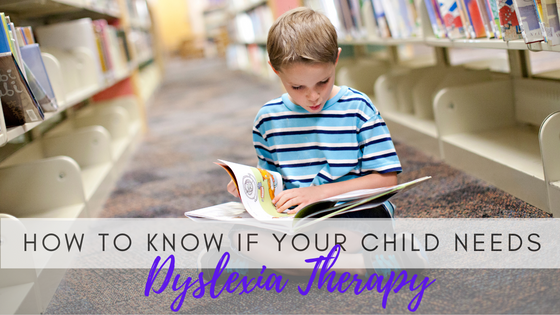
How To Know If Your Child Needs Dyslexia Therapy
There are so many milestones as babies grow up to be busy toddlers and active school children. From walking to talking, first steps and first words can become landmark occasions for families. By kindergarten, there are often reading milestones set in place. Academic success can be such a great experience for students, educators, and even parents, but sometimes there are obstacles on the path to succeeding in the classroom. Dyslexia is a complex neurological difference in students that can affect their abilities to read, write, and spell. Identifying dyslexia in children is the first step to setting students up for success with strategies and support to help. Read on for more about how to know if your child needs dyslexia therapy. Many of the signs of dyslexia can be seen before and at kindergarten. The earlier we intervene, the more successful your child can be to “overcoming” dyslexia. This is the reason that it is essential for your child to be screened in kindergarten using a reputable early screener.
Rhyme time: Rhyming is such an essential part of learning language and reading, especially for preschoolers and pre-readers. For example, new readers might get the hang of simple rhyming words like “cat,” “mat,” and “sat.” However, for children with dyslexia, it can be hard to grasp the concept of rhyme.
Rote memory: In addition to rhyming, young students often learn concepts through memorizing songs for things like the days of the week or months of the year. Dyslexic students can have difficulty with memorization of these tools that are meant to help learning.
Letters and sounds: Another aspect to look for in early readers is the ability to match letters with sounds. If a young reader consistently does not associate letters with their corresponding sounds, this can certainly make learning new words more difficult. Identifying the first sound in a word is a key step in reading; blending sounds and segmenting words are essential reading skills too. Dyslexic students often struggle with a number of these tasks.
Word Recognition: Children who are pre-readers or who are just learning to read might have trouble with recognizing words accurately. For example, a student might be asked to pronounce the word accompanying a picture of puppies with the caption “puppies.” A student with dyslexia might respond to that picture and caption by responding: “dogs.”
Smooth Sentences: A student with dyslexia might have difficulty with fluency when reading. He or she may tend to skip over small words in sentences. Reading aloud might also present a problem, as readers with dyslexia may read in a monotone voice.
Spelling counts: Spelling mistakes can be common for emerging readers. However, it is important for parents to be aware of issues with spelling, especially when a student often uses phonetic spelling like “hed” for “head.” Other signs might be that a student has poor spelling skills overall, using irregular capitalization and leaving out vowels when writing words.
Decoding difficulties: Translating a printed word into a sound is known as decoding. Students who struggle with decoding often have a hard time differentiating among letters like p, b, and d. Typically these issues happen in younger readers and writers, but beyond first or second grade, it would be wise to evaluate a student who has trouble with decoding.
Acting out: One tell-tale sign that a student is struggling with a learning disability like dyslexia might be evident in his or her behavior. Acting out at home or becoming easily distracted when it’s time to read could be a sign your student is struggling. In addition, misbehaving in class or disrupting classmates at school during reading time could be signs that your student is needing help and support for dyslexia.
Avoidance: Rather than act out, some students with dyslexia tend to try to avoid tasks that involve reading. Because reading can be so difficult or frustrating for these students, they may try to skip reading time at home or avoid their turn reading aloud in class.
Family history: While dyslexia isn’t totally hereditary, a child with an affected parent has a much higher chance of developing dyslexia. It’s also not unusual to have parents or siblings with this same learning disability.
Other Strengths: Dyslexic students tend to have high intelligence in many areas other than reading. Dyslexia is not a measure of intelligence. Students with dyslexia may tend to be more curious, imaginative, mature, and eloquent in speech. They may also be adept at embracing and understanding new concepts, solving puzzles, building models, thinking abstractly, or playing sports or music. Still, reading is part of life, and it is important to have teachers, tutors, and parents to advocate for and support students with dyslexia.
Seeking expert help for students with dyslexia is one of the best things you can do. Dyslexia on Demand has a mission to make dyslexia therapy accessible to students everywhere. They offer online programs for students who struggle with reading. Developing reading skills and strategies can help students to change their lives by boosting their self-confidence and increasing their interest in reading. For more information on help and services offered, contact Dyslexia on Demand.
